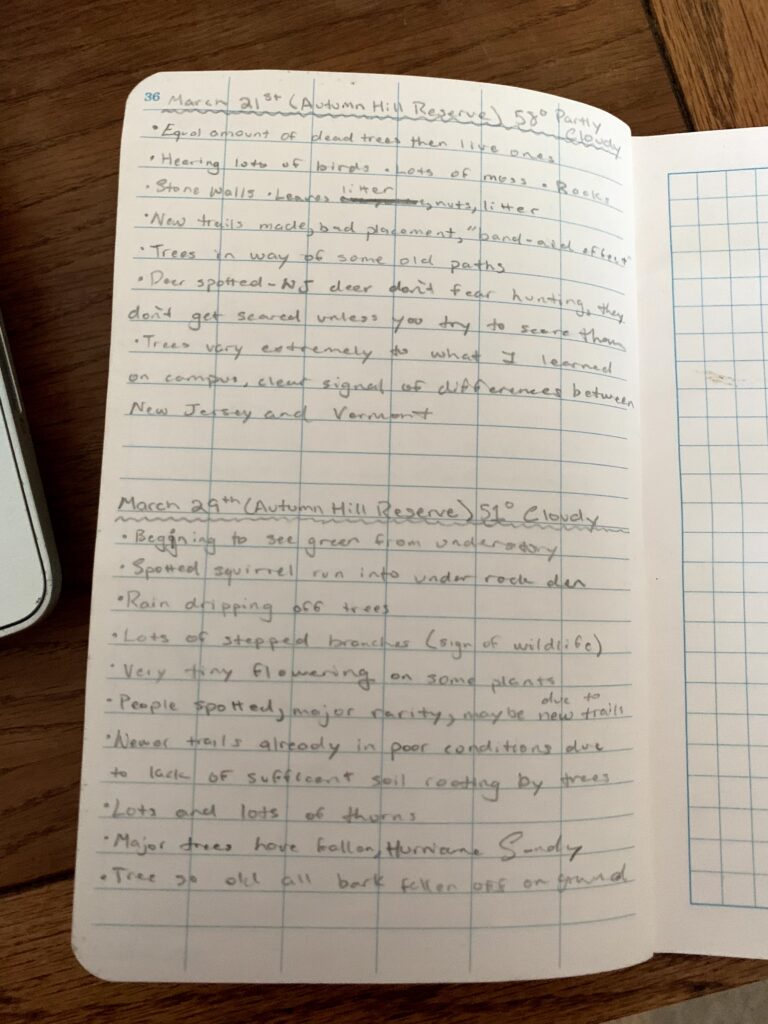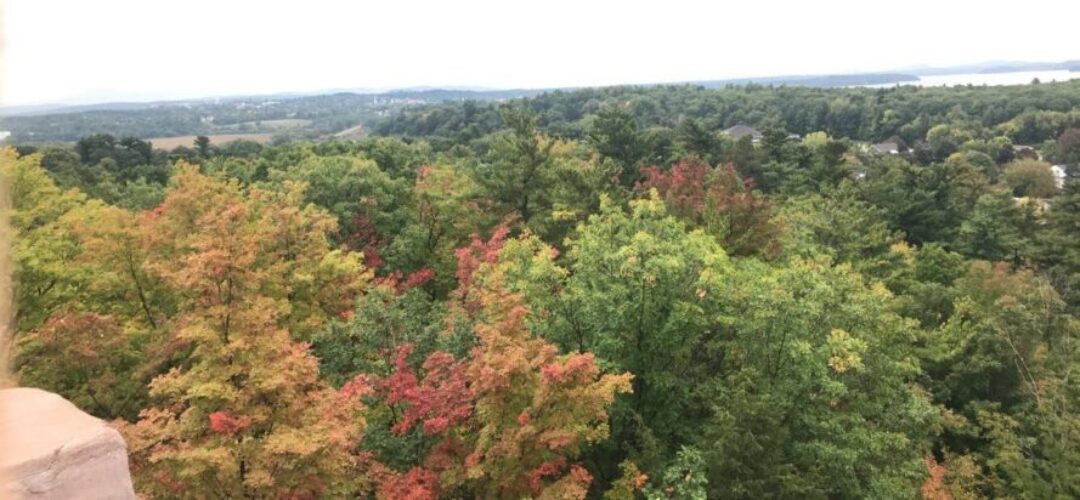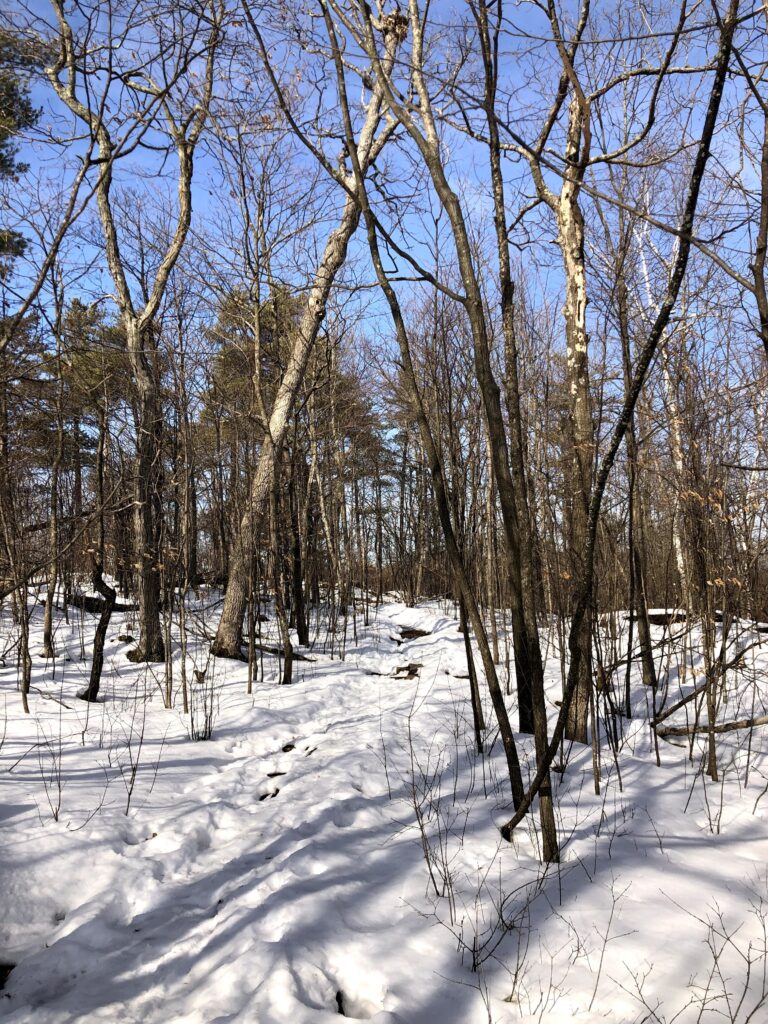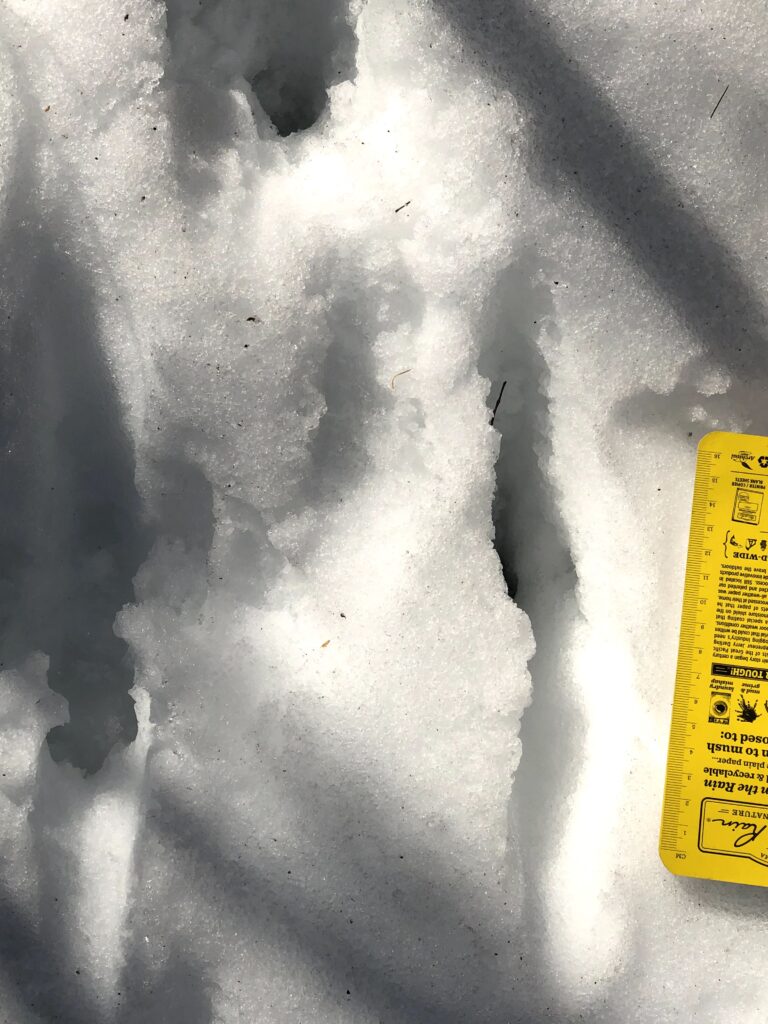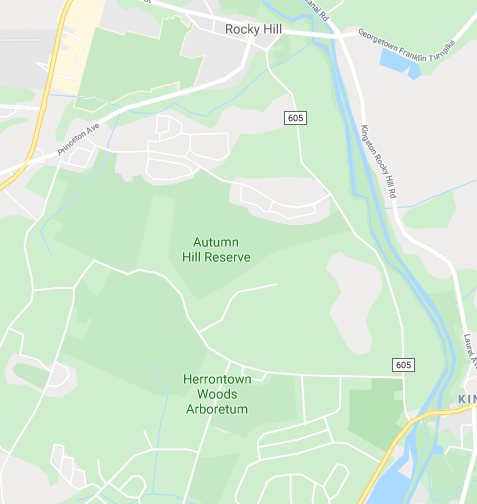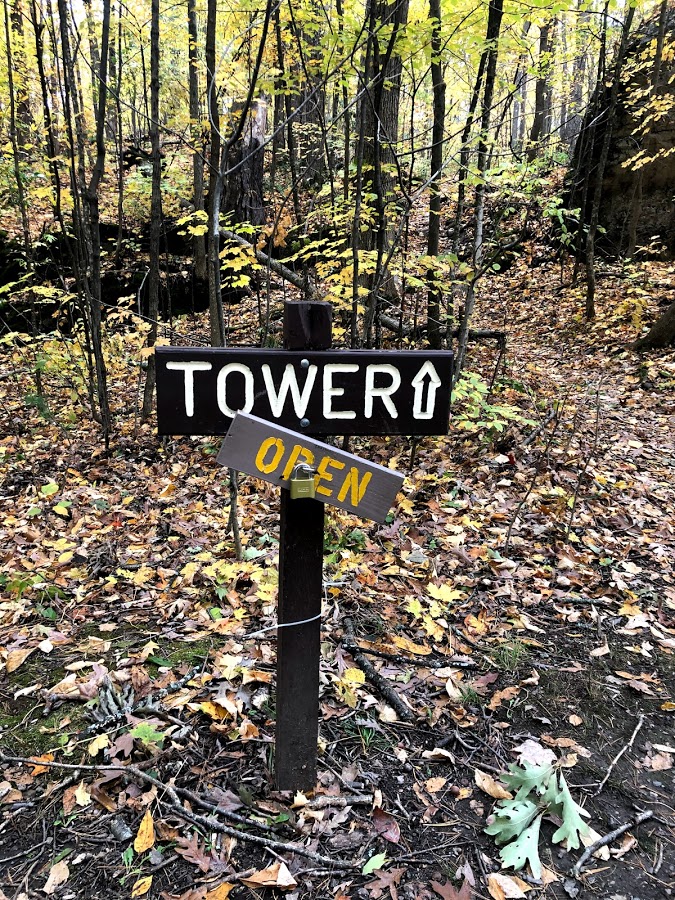Autumn Hill Reserve is right behind my townhouse community, a quick 90 second walk from my house. This allows me to have easy access to a piece of nature with limited human impact and was the place that really made me fall in love with the natural world, and ultimately was a large contributor in me being a Environmental Studies major. The reserve was once a farm, as there are stone walls and a rusted car further back, eventually it had to be abandoned and tree’s grew. By my estimation, half of these trees still stand today alive, while the other half cover the forest floor, dead and rotted. Many of the biggest trees I’ve ever noticed that have fallen, occurred during Hurricane Sandy which completely changed the look of the reserve.

It is interesting as there are some new wide trails, meaning trail creation projects have occured since I left for college. This is interesting, as since I started going to this reserve my Sophomore year of high school, there had been no signs of effort to fix any of the various accessibility issues on the reserve and I had always thought it more as abandoned. These trail creation projects are done because many of the typical paths are pooled with water and muddy, making it difficult to get from place to place without being covered in mud from the knees down. These projects are actually bad as they ignore the real issue being the lack of sufficient soil, as there isn’t adequate ecology to root the soil.
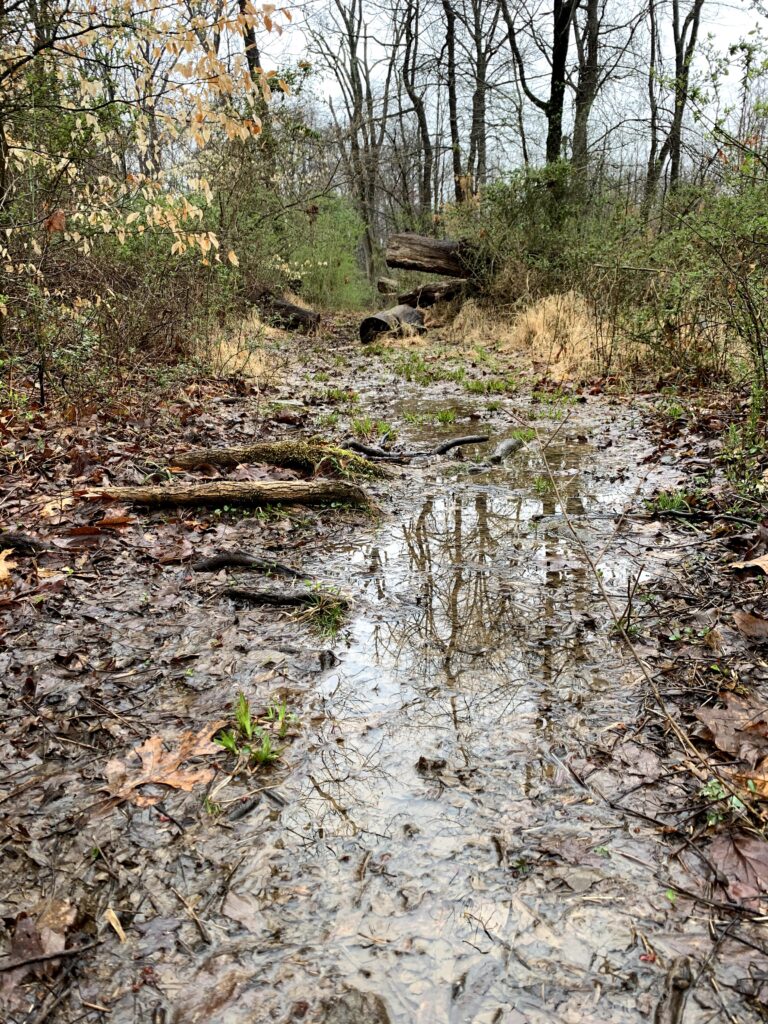
Flooded Path 
Rotted Trees 
Tree W/No Bark 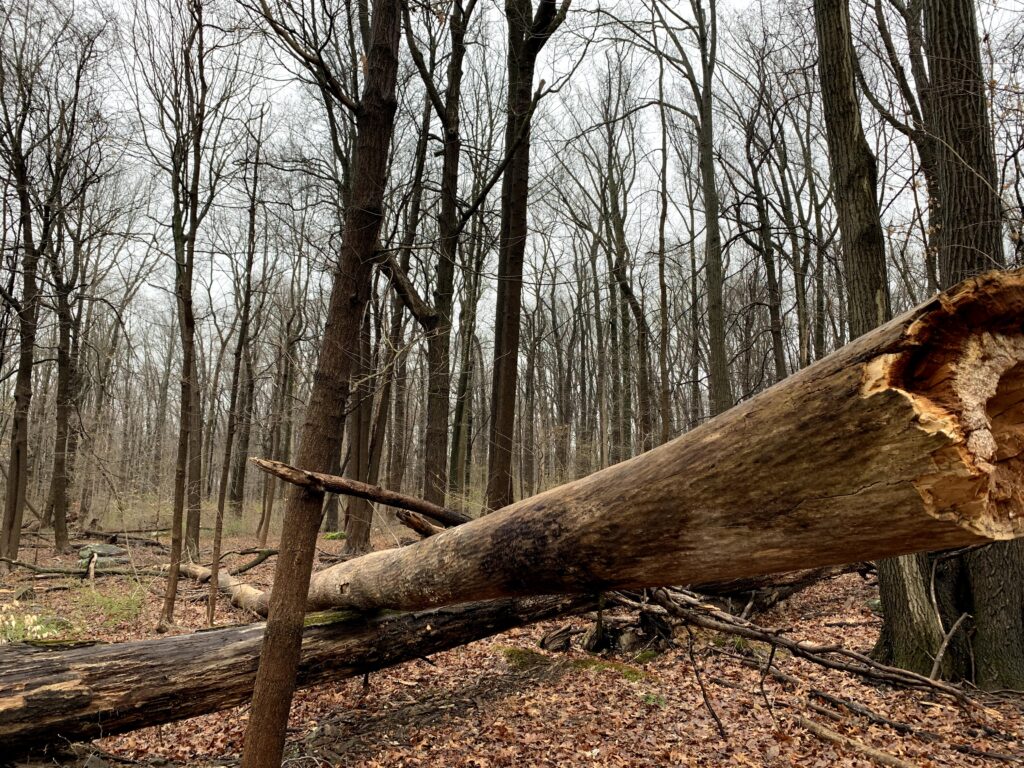
Large Tree Fallen (Due to Hurricane Sandy)
Besides the rotted trees, there are many birds constantly chirping, leaf litter, as well as nuts on the ground for the countless squirrels around. Fun fact when I sat to take my notes on a large rock, a bunch of squirrels darted out under my feet, as I didn’t even realize I stepped in the entrance to their secretive home. I saw a group of 4 deer when I went out, which makes sense as there are many bent dead branches around. Interestingly, deer in New Jersey don’t fear humans unless you yell loud or scare them off, as hunting laws are extremely strict, so human’s don’t ever harm them. This means you can get extremely close to them and all they do is look at you, one time I felt confident enough to pet a deer. I’d say it didn’t seem to mind much.
From the eight days between my two visits, I could see there was more growth in the understory as peeks of green have appeared and even some plants have shown early signs of flowering. This makes me excited as my favorite time to be at Autumn Hill is when it’s extremely green but hasn’t gotten super hot, so late to mid spring. Seeing these signs in late March, makes me think by this time next month, I will be back in my green oasis.
There were also people spotted in the reserve which might have been the strangest thing I found during my 2 trips. As there are only 2 parking spots total to access the reserve, as well as nearly nobody in my townhouse community knowing that the reserve actually exists, I found it strange to see two adults walking by. Maybe people are more interested to go because they heard about them fixing the path or people are more open to explore, feeling trapped in their house due to coronavirus.
